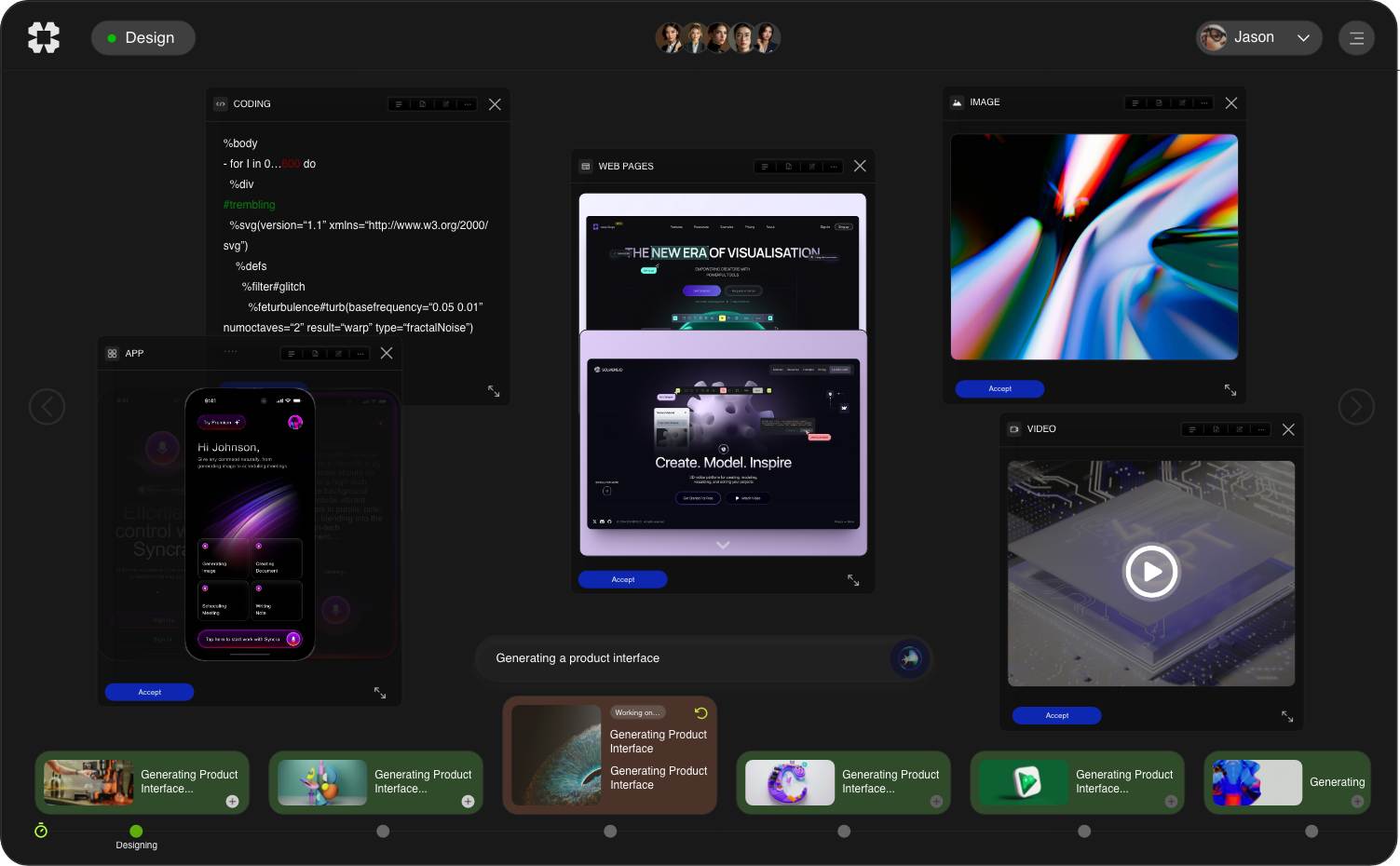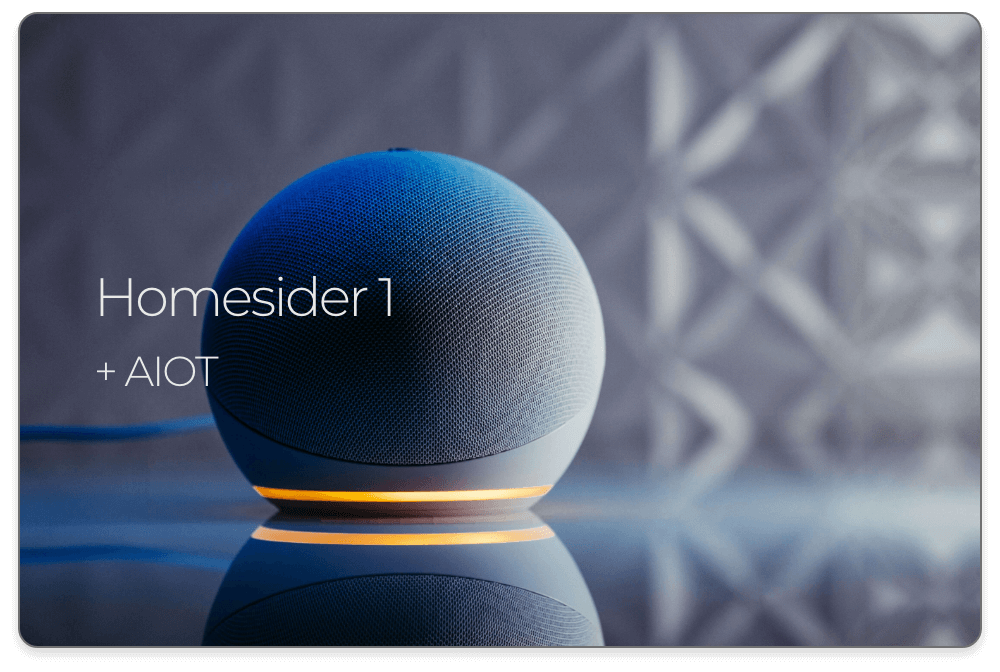In the rapidly evolving landscape of modern business, organizations are increasingly turning to artificial intelligence (AI) to drive decision-making and streamline processes. Among the various applications of AI, predictive modeling has emerged as a game-changer, especially in the domain of product lifecycle management (PLM). By leveraging AI technologies, businesses can unlock predictive insights that inform strategic choices, optimize resources, and enhance overall performance. This article explores the latest trends and insights into AI-based predictive modeling, with a focus on its applications in product lifecycle management and its broader implications for business success.
.
**The Rise of AI in Business**
Artificial intelligence has transformed industries by automating tasks, analyzing large volumes of data, and providing actionable insights. According to a report by McKinsey, companies implementing AI technologies can expect a 15% increase in productivity over the next decade. As businesses harness the capabilities of AI, predictive modeling has emerged as one of the most powerful tools in their arsenal. This technique enables organizations to forecast future events based on historical data, making it invaluable for strategic planning in various operational areas.
.
**Understanding AI-based Predictive Modeling**
AI-based predictive modeling utilizes algorithms and statistical techniques to analyze existing data sets to make predictions about future outcomes. By looking for patterns and correlations within data, AI can identify trends that would be difficult for human analysts to see. This application is especially relevant in product lifecycle management, where organizations must consider factors such as market demand, product innovation, and resource allocation.
.
**Implications for Product Lifecycle Management**
Product lifecycle management encompasses the entire journey of a product, from conception to retirement. It involves multiple stages, including design, development, production, marketing, and disposal. Traditional PLM practices often rely on historical data trends, which can lead to inefficiencies and missed opportunities. However, by leveraging AI-driven business insights, organizations can enhance their PLM strategies in several ways.
1. **Enhanced Market Forecasting**: By utilizing AI-based predictive modeling, companies can better anticipate market trends and consumer preferences. The ability to analyze vast amounts of data allows organizations to create more accurate demand forecasts, reducing inventory costs and improving customer satisfaction. A study published in the Journal of Business Research found that companies that implement AI forecasting techniques have seen a 20% reduction in stockouts.
2. **Improved Product Development**: In the design and development stages, predictive modeling can guide decisions about product features and functionalities. By analyzing customer feedback and market trends, organizations can tailor their offerings to meet evolving consumer needs. This not only reduces the risks associated with new product launches but also accelerates time-to-market.
3. **Optimized Resource Allocation**: AI-driven insights enable companies to allocate resources more effectively throughout the product lifecycle. Predictive modeling can identify the right timing for scaling production, optimizing supply chains, and managing workforce requirements. As a result, organizations can minimize costs while maximizing output.
4. **Risk Management**: AI-based predictive modeling helps companies mitigate risks in product development and market performance. By evaluating potential risks and assessing their impacts, organizations can make informed decisions about product offerings and market entry strategies. Insights gained from predictive analytics allow companies to be more proactive in addressing potential challenges.
.
**Industry Trends: AI in Product Lifecycle Management**
As AI technology continues to advance, the integration of predictive modeling in PLM is gaining momentum across various industries. Some noteworthy trends include:
1. **Integration of IoT and AI**: The Internet of Things (IoT) plays a critical role in augmenting AI-based predictive modeling. Sensors embedded within products provide real-time data that can be analyzed to gain insights into product performance and user behavior. This information can significantly enhance the accuracy of predictive models, allowing companies to adapt their strategies based on real-world conditions.
2. **Focus on Sustainability**: As sustainability becomes a priority for consumers and regulatory bodies, AI is helping organizations optimize their products and processes. Predictive modeling can identify opportunities for reducing waste and enhancing sustainability throughout the product lifecycle, thus aligning with corporate social responsibility goals.
3. **The Shift Toward Customization**: Consumers increasingly expect personalized products and experiences. AI-driven insights enable companies to identify niche markets and customize products according to specific consumer preferences. This trend is reshaping the way businesses design, produce, and deliver their offerings.
.
**Case Studies: AI in Action**
Several companies have successfully implemented AI-based predictive modeling to enhance product lifecycle management and drive significant improvements in their operations:
– **Procter & Gamble**: By leveraging AI algorithms to analyze consumer insights and market trends, Procter & Gamble has transformed its product development process. The company’s use of predictive analytics has led to a reduction in product innovation cycles by approximately 50%, enabling faster time-to-market and better alignment with consumer needs.
– **Caterpillar Inc.**: Known for its construction equipment, Caterpillar employed AI-driven predictive modeling to optimize its manufacturing processes. By analyzing production data and maintenance logs, they were able to anticipate equipment failures and reduce downtime. This initiative resulted in a 20% increase in productivity and substantial cost savings.
– **Nike**: The sports apparel giant has integrated predictive analytics into its design and marketing strategies. By harnessing consumer data and market insights, Nike has optimized its product offerings and significantly reduced the time required to identify trends. Their “direct to consumer” strategy has seen a notable increase in e-commerce sales, fueled by data-driven decisions.
.
**Conclusion: The Future of AI in Product Lifecycle Management**
As AI technologies continue to evolve, their potential to revolutionize product lifecycle management is becoming increasingly evident. AI-based predictive modeling holds the key to unlocking actionable insights that can lead to enhanced operational efficiency, improved product development, and better market adaptation. By embracing these technologies, organizations can stay competitive in a rapidly changing business environment.
In summary, businesses seeking to harness the power of AI in product lifecycle management must invest in AI-driven tools that facilitate predictive analytics. By doing so, they can enhance decision-making, optimize resources, and ultimately drive growth in an era where data is king. The integration of AI-based predictive modeling is not merely a trend—it’s a fundamental shift that promises to redefine how companies approach product development and lifecycle management for years to come.
**Sources:**
– McKinsey. (2021). “The State of AI in 2021”.
– Journal of Business Research. (2020). “Impact of AI on Forecasting and Inventory Management”.
– Procter & Gamble Annual Report. (2021).
– Caterpillar Inc. Sustainability Report. (2020).
– Nike, Inc. Investor Relations. (2021).

























